Six turfgrass superstars consistently top the list for Florida lawns, each with strengths like heat tolerance, drought resistance or low maintenance:
- St. Augustine: Broad blades, heat and humidity tolerance, partial shade adaptability
- Zoysia: Dense growth, traffic resistance and water conservation once established.
- Bermuda: Fine texture, drought-hardy, aggressive growth, thrives in full sun.
- Bahia: Coarse texture, low maintenance, ideal for sandy soils.
- Centipedegrass: Light green, slow-growing, thrives on minimal fertilizer.
- Seashore Paspalum: Salt tolerance, vibrant green, suited for coastal areas.
Here’s what makes each grass unique.
St. Augustine Grass
St. Augustine is a favorite in Central, South and Coastal Florida. Its broad, blue-green blades form a lush lawn that tolerates heat, humidity and shade. Maintenance includes weekly mowing at 2.5-3.75 inches, regular fertilization and timely pest control for chinch bugs and fungal issues.
Zoysia Grass
Zoysia creates a dense, traffic-friendly mat and handles occasional drought, making it popular in Central and North Florida. However, it spreads slowly, requiring patience and attentive weed control during establishment. Regular mowing and fertilization keep this premium turf pristine.
Bermuda Grass
Bermuda thrives in full sun with fine-textured blades that recover quickly from foot traffic. Its deep roots provide drought tolerance, ideal for Central Florida’s sandy soils. However, it dislikes shade and requires frequent mowing to prevent thatch buildup.
Centipedegrass
Centipedegrass, known as “lazy man’s grass,” thrives in acidic, nutrient-poor soils in the Panhandle area of North Florida. It requires minimal fertilization and mowing but recovers slowly from wear, making it less suited for heavy traffic. It can also be susceptible to more diseases than most turfgrass species.
Seashore Paspalum
Seashore Paspalum excels in coastal areas, tolerating salt spray and brackish water. Its rich green blades require frequent mowing at the right height and precise fertilization but deliver a lush lawn where others fail.
With these profiles in mind, let’s match each grass to Florida’s distinct regions.


 Branch Finder
Branch Finder





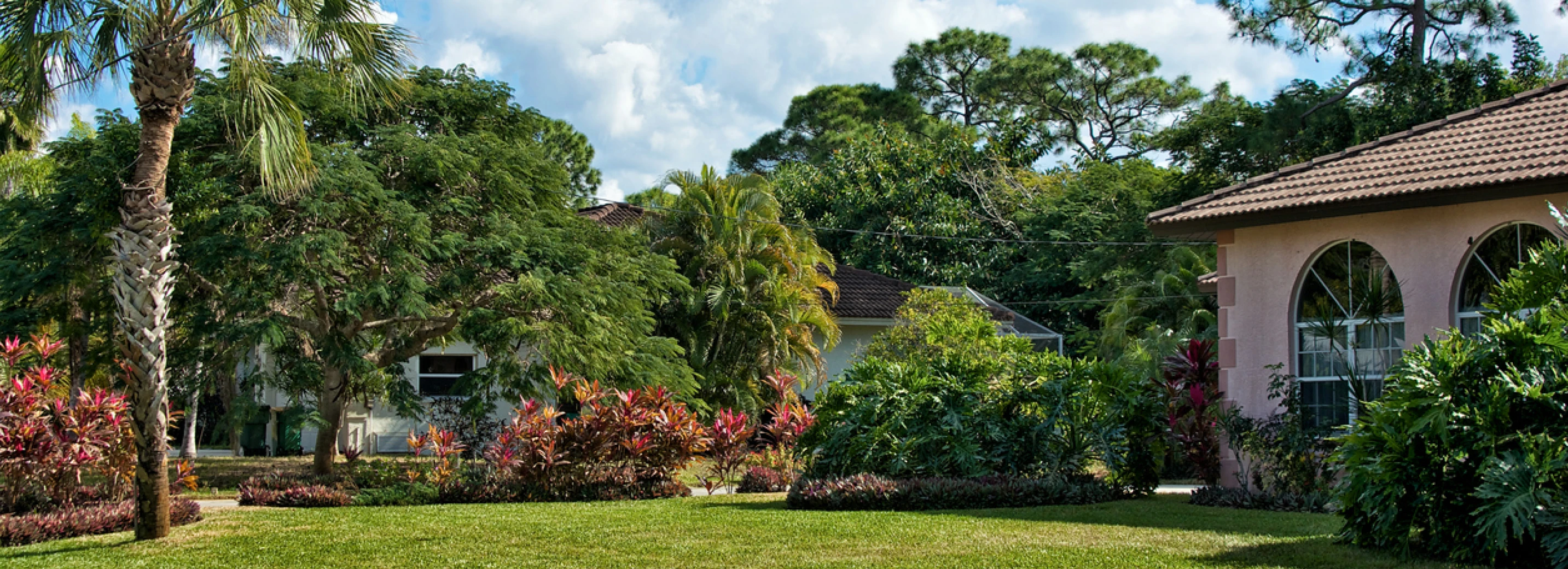




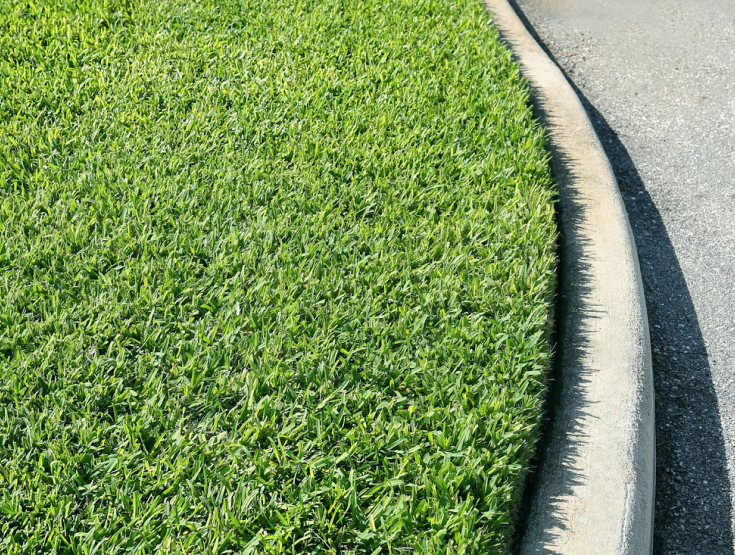
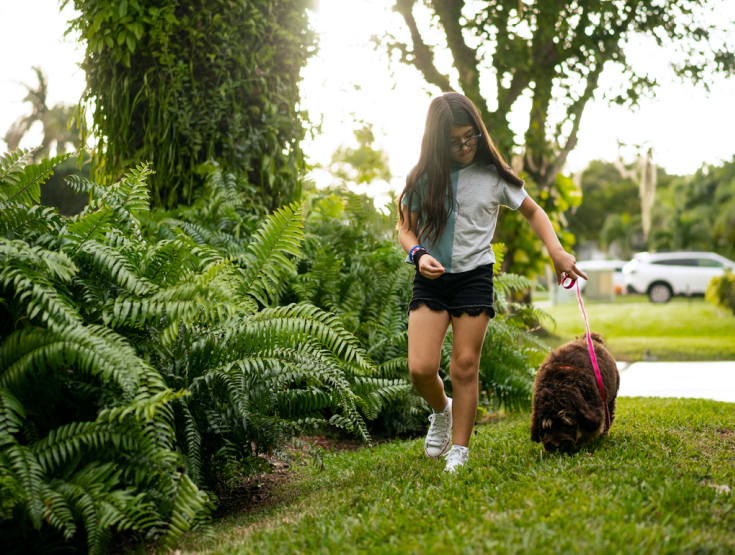
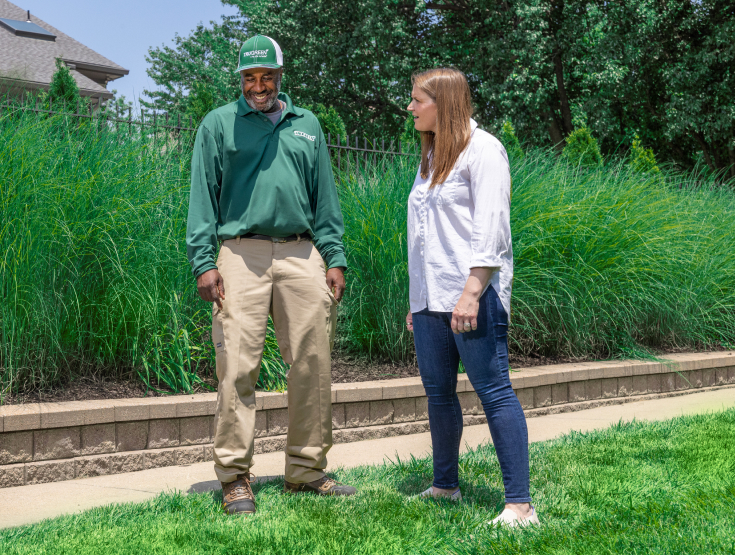
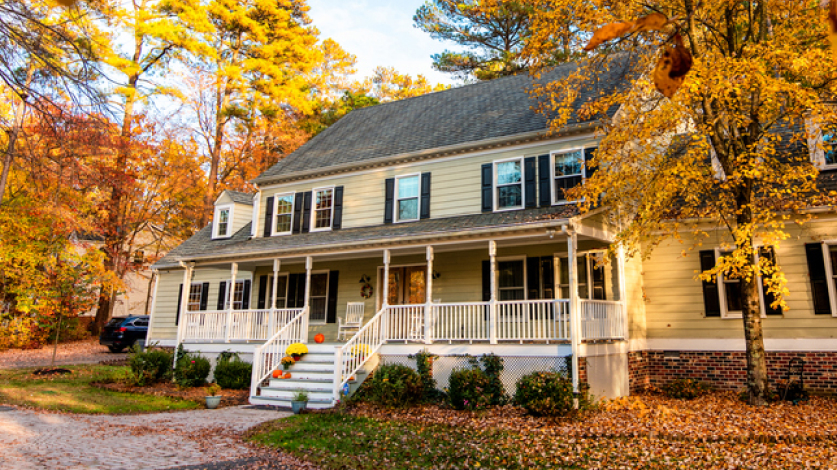
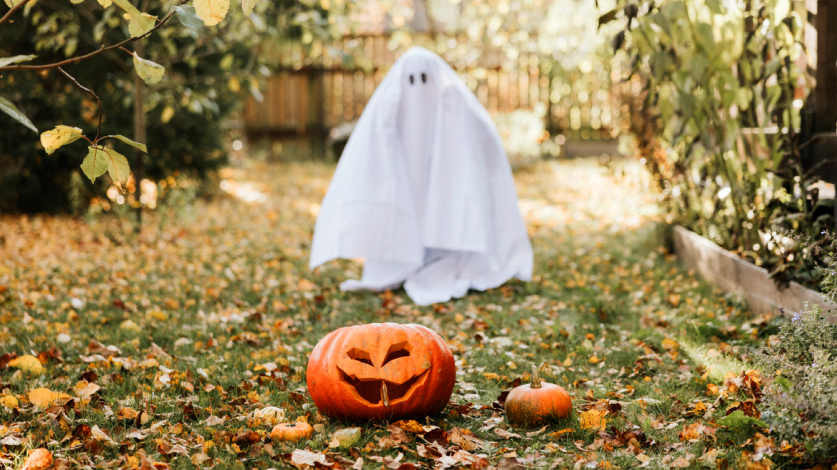
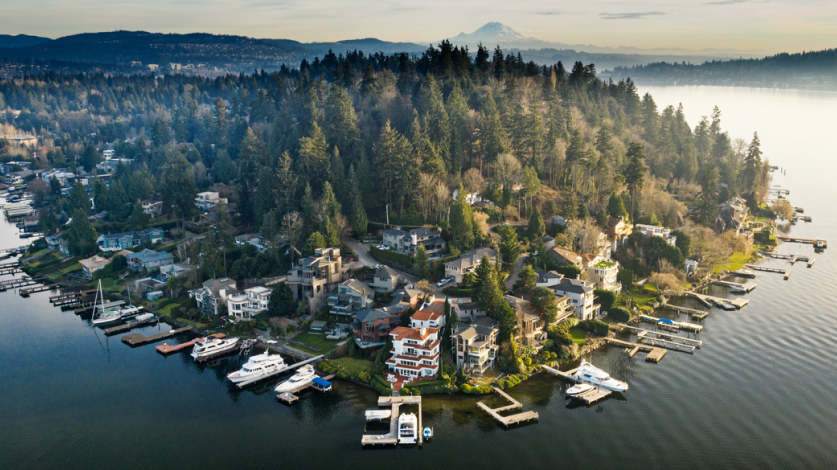
 Back to all blogs
Back to all blogs

Facebook
X
Youtube
Copy Link
Email